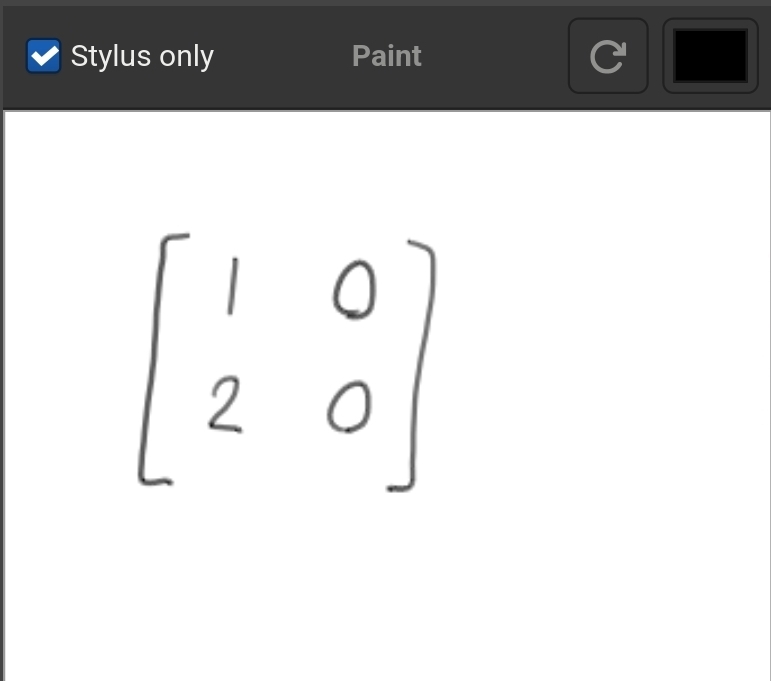This is very exciting. Here is the APK I downloaded. And the associated discussion.

It even already seems to support stylus input which is very exciting seeing as there has been talk of porting RNote to Android.
This is very exciting. Here is the APK I downloaded. And the associated discussion.

It even already seems to support stylus input which is very exciting seeing as there has been talk of porting RNote to Android.
Just know that you are 100% wrong on this. You don’t understand what Anubis is doing, you don’t understand the problem it’s solving, and you need to educate yourself before having strong opinions about things
From the Anubis project:
“Expensive” in computing means “energy intensive,” but if you still challenge that, the same document later says
Which is exactly what I said in my first comment.
The design document states
This is the energy-wasting part of the algorithm. Furthermore,
The only purpose of the expensive calculation is so the server can verify that the client burned energy; the work done is useless outside of proving the client performed a certain amount of energy consuming work, and in particular there are other, more efficient ways of generating verifiable hashes which are not used because the whole point is to make the client incur a cost, in the form of electricity use, to generate the token.
At this point I can’t tell if you honestly don’t understand how proof of work functions, are defensive of the project because you have some special interest, or are just trolling.
Regardless, anyone considering using Anubis should be aware that the project has the same PoW design as Bitcoin, and if you believe cryptocurrencies are bad for the environment, then you want you start away from Anubis and sites that use it.
Also note that the project is a revenue generator for the authors (check the bottom of the github page), so you might see some astro turfing.
Stfu about crypto, that’s orthogonal to the point of this project